Locusts destroy forests
In 2023, due to his negligence in not spraying early, the entire 4 hectares of land owned by Mr. Luc Van The's family in Hamlet 7, Nghia Binh Commune (Tan Ky) were completely eaten by locusts, leaving no bamboo shoots to harvest. Learning from experience, this year he focused on monitoring and spraying early.
“This is the third year that the yellow-backed locust has caused damage. This species of locust eats a bush and leaves it bare. Therefore, this year I have been monitoring and spraying since the locusts hatched underground and were as big as a toothpick,” said Mr. The.
Yellow-backed locusts began hatching in the forests of Nghia Binh commune on April 11. Mr. Nguyen Van Minh - Head of Hamlet 7 said: "At first, locusts were discovered hatching in bamboo forests, reeds, and grass bushes on high mountain peaks. On April 17, they continued to hatch in bamboo forests and reeds in Hamlet 7, with each nest clustered in groups of 2,000-6,000 locusts/nest."
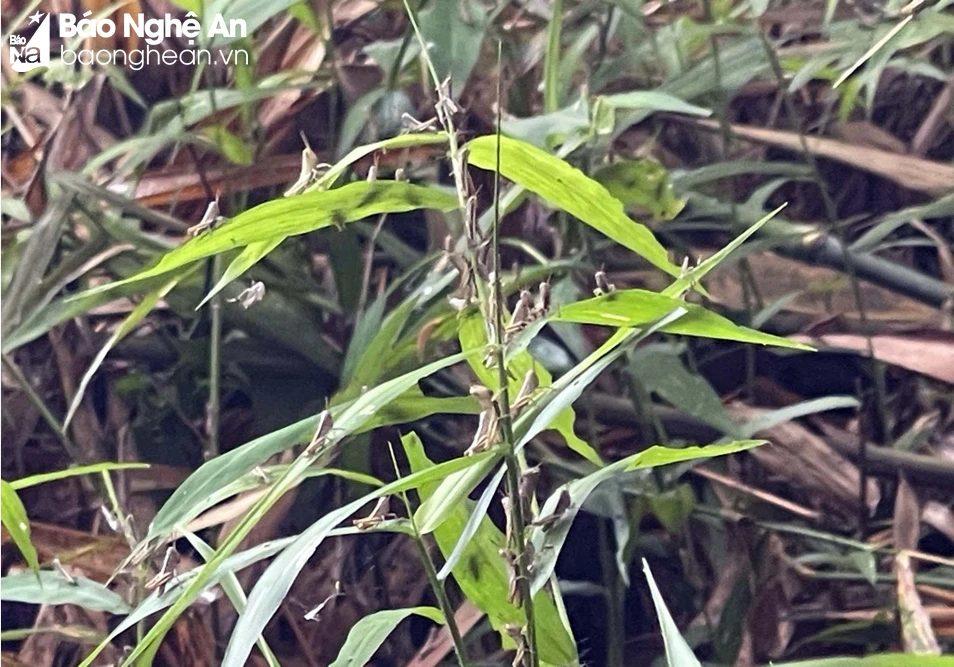
It is forecasted that in the coming time, the weather will be very favorable for locusts to continue to hatch, reproduce and develop, possibly spreading widely and destroying trees and some crops in the commune in particular and some neighboring communes around. Nghia Binh commune has focused on investigating, organizing extermination and prevention; if newly hatched locust nests are discovered clustered into swarms, pesticides will be sprayed immediately to be effective, avoiding locusts from arising and causing damage and spreading widely.
Tan Ky district has also distributed enough medicine to people to spray for 100 hectares; directed strongly, monitored, investigated, estimated, and forecasted the occurrence of yellow-backed locusts to have timely prevention measures.
However, according to Ms. Nguyen Thi Hoai Thu - an officer of the District Agricultural Service Center, the worrying reality is that the giang nua area is located on the top of the mountain, due to the difficult terrain, it is almost not sprayed, people are still not interested, there is a risk that the locusts will mature to the age of 3, age 4 and have wings, they will come down from giang and acacia forests to destroy crops.
Small-scale containment
Bamboo locusts are major pests that cause serious damage to bamboo forests in the province every year. Worryingly, in addition to eating away at bamboo leaves, adult bamboo locusts also move and cause damage to many other agricultural crops such as rice, corn, sugarcane, and elephant grass.
In addition to Tan Ky district, in previous years, this insect has also damaged many hectares of forest in Con Cuong and Anh Son districts. In 2023, bamboo locusts also appeared at high density, causing severe damage to over 150 hectares in Hamlet 7, Nghia Binh Commune (Tan Ky).
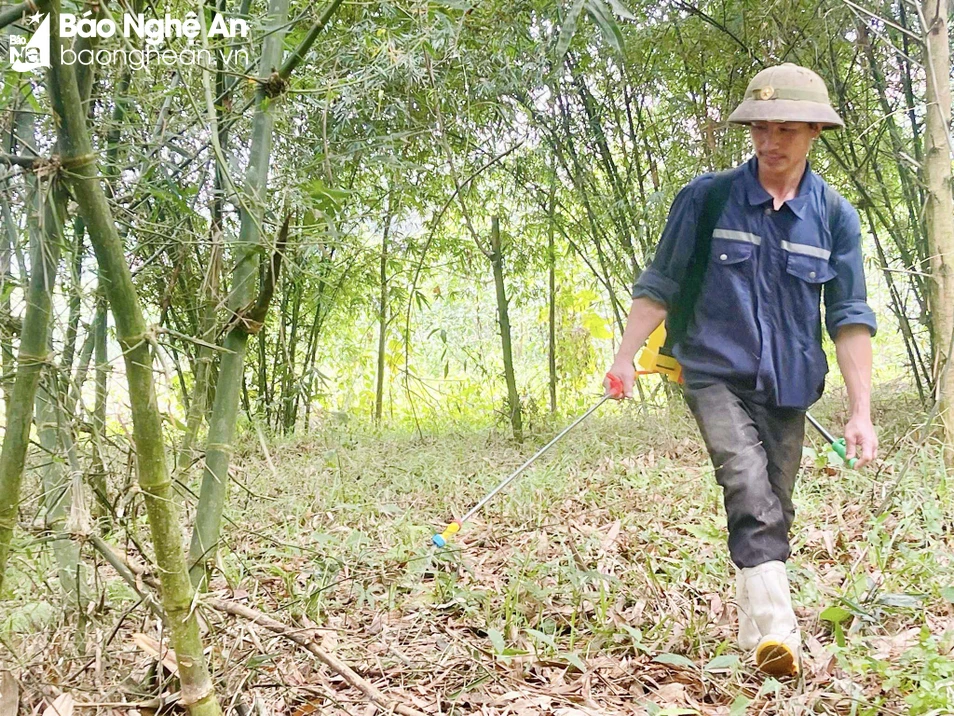
Currently, although they have not appeared in other localities outside Tan Ky district, at this time, locusts are very contagious and harmful. According to forecasts, the temperature in April 2024 and the following months will be higher than the average of many years, combined with the early season showers, which are very favorable conditions for bamboo locusts to arise and develop.
Young locusts are likely to appear in high density over a large area from mid-April onwards, developing and gathering into large swarms that move quickly and cause severe damage to mangrove forests and some agricultural crops planted near mangrove forests if not controlled promptly and effectively.
To proactively detect, prevent and minimize damage caused by yellow-backed locusts, communes with mt plantations and specialized units must focus on coordinating with forest owners, strengthening investigation and monitoring to detect early the harmful emergence of locusts in the area. In particular, pay special attention to areas that are often damaged by locusts every year to have effective control measures as soon as locusts first appear on a small scale, in the form of newly hatched nests that are still clustered.
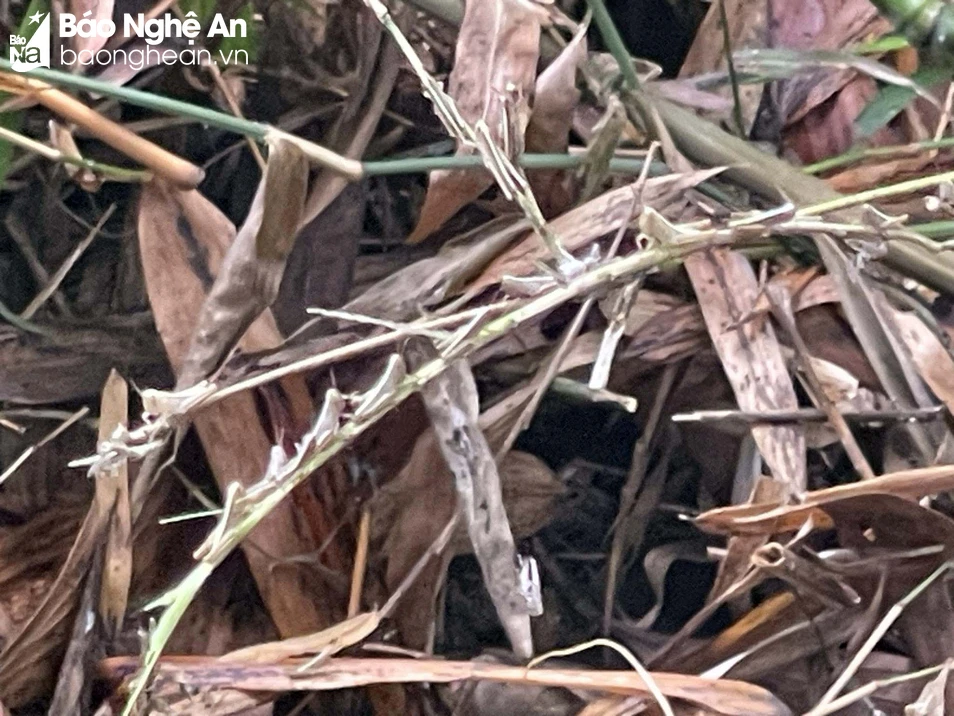
Forest owners should take timely preventive measures, including manual measures, such as mobilizing human resources to use nets to catch locusts in areas where they have just emerged and are clustered in small areas; chemical measures, using chemicals with active ingredients to surround and spray early, when the locusts are still clustered and cannot fly. It should be noted that for areas near water sources, ponds, and aquaculture lakes, only manual measures, using nets to catch locusts, should be applied to limit damage and the risk of pesticide contamination.
People need to regularly check the forest to promptly detect newly hatched and clustered locust nests so that they can effectively prevent and control them, bringing the best results, because if the locusts have moved to the top of the tree, it will be very difficult to spray and control them, especially when they are old and have wings, and can move from one area to another, they will spread very quickly and cause serious damage over a large area.
Source





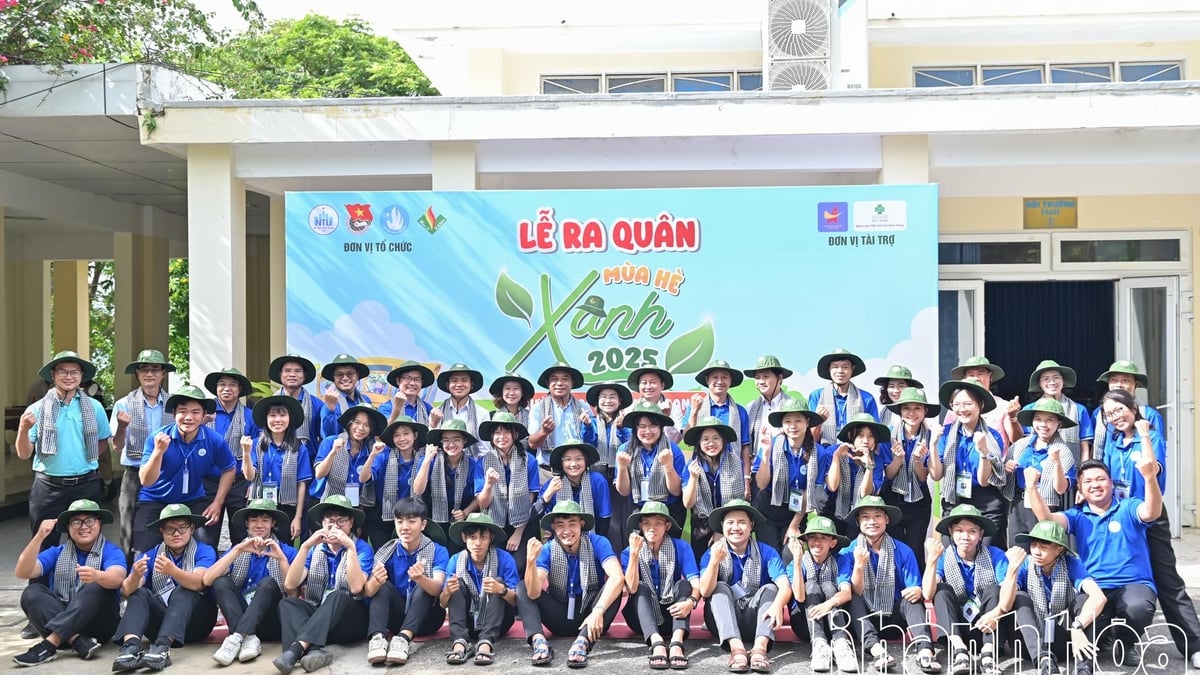



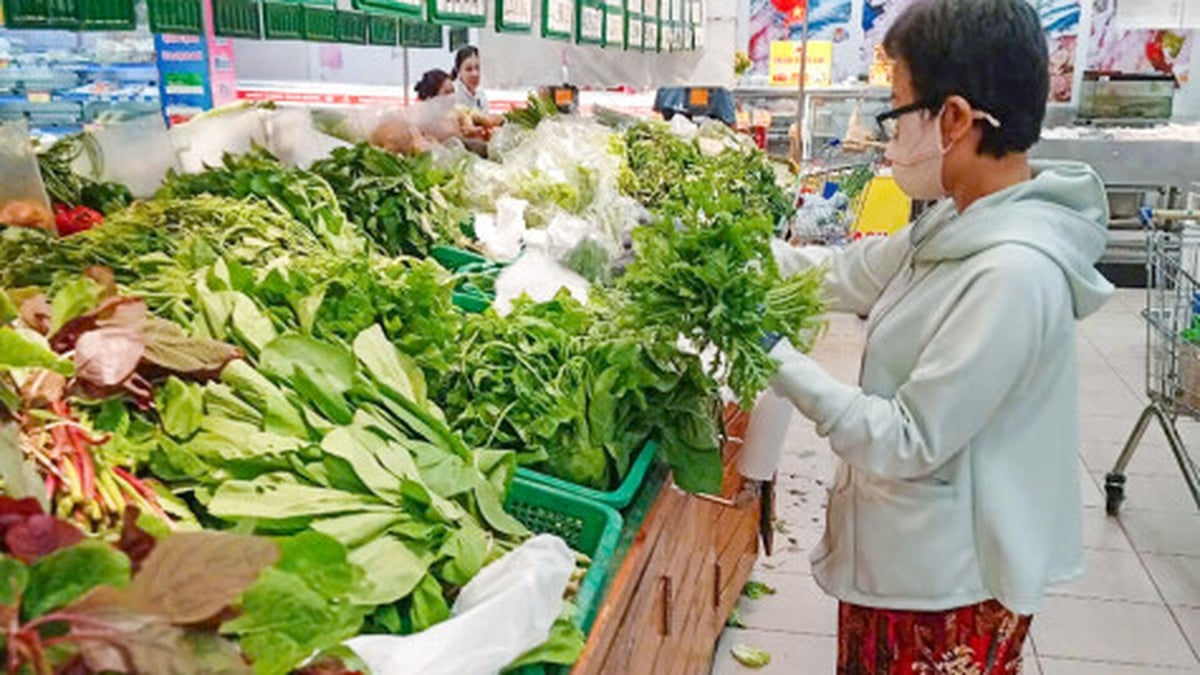





















![[Photo] National Assembly Chairman Tran Thanh Man visits Vietnamese Heroic Mother Ta Thi Tran](https://vphoto.vietnam.vn/thumb/1200x675/vietnam/resource/IMAGE/2025/7/20/765c0bd057dd44ad83ab89fe0255b783)





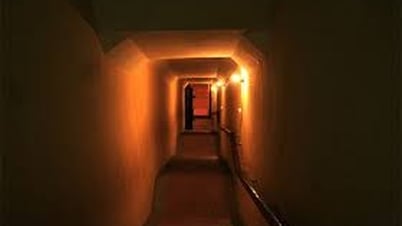




























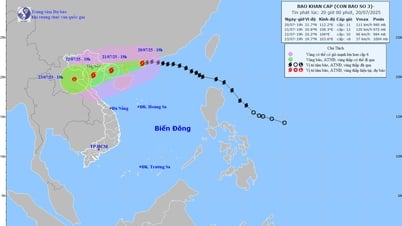








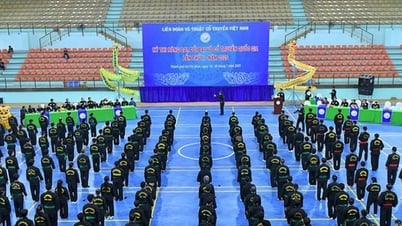





















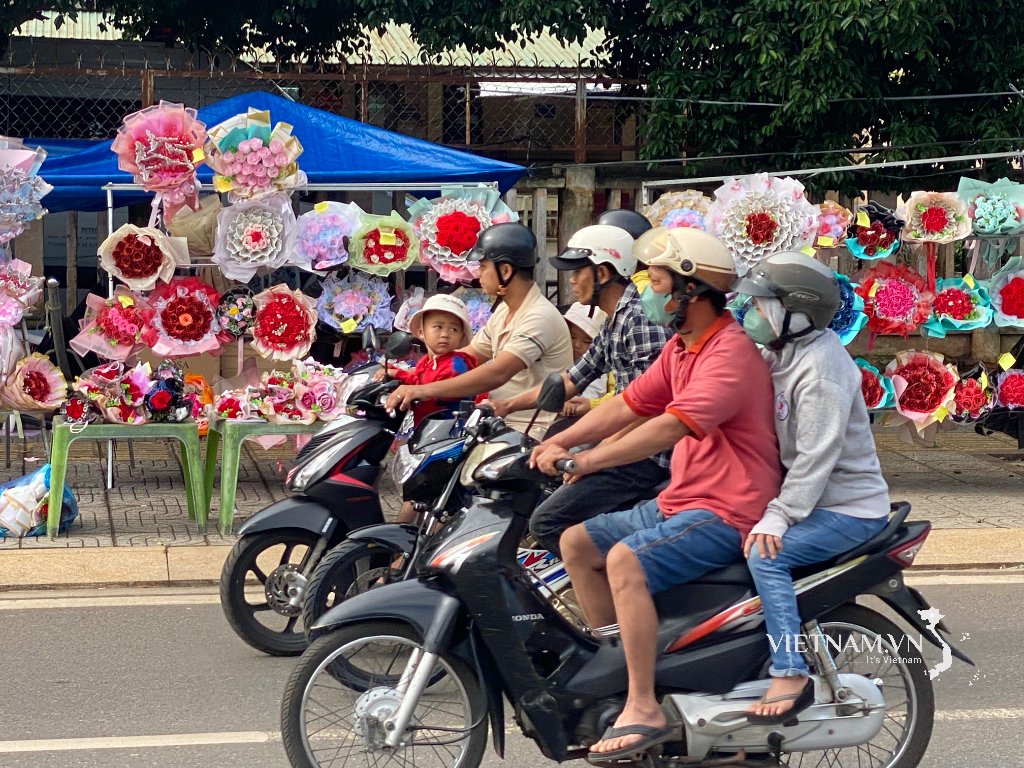


Comment (0)